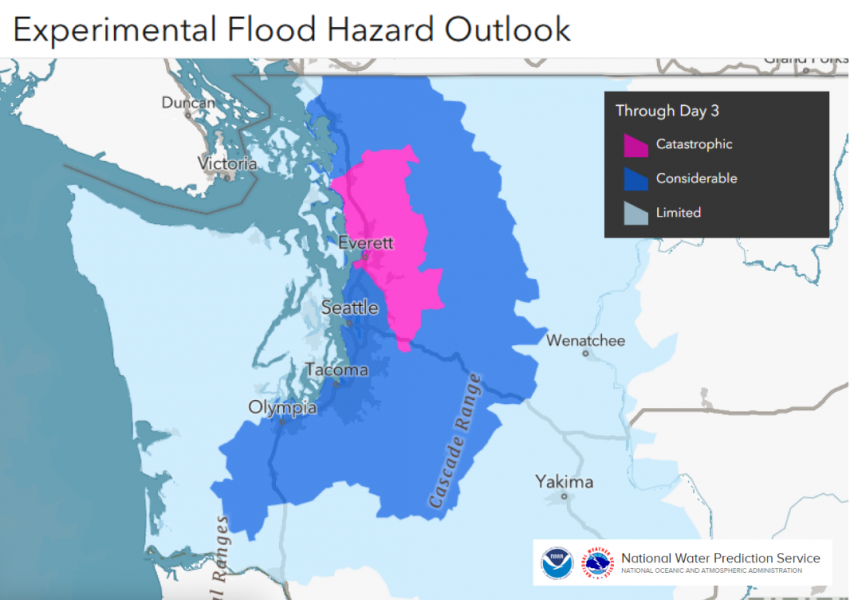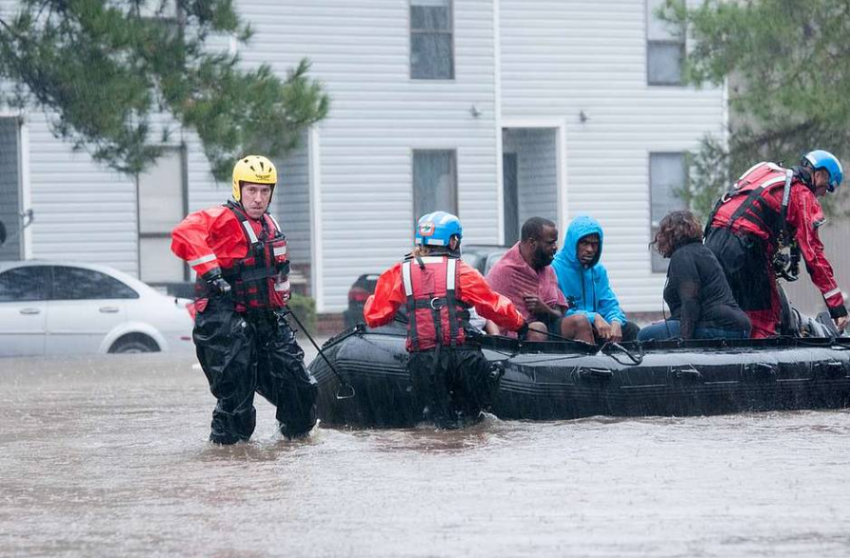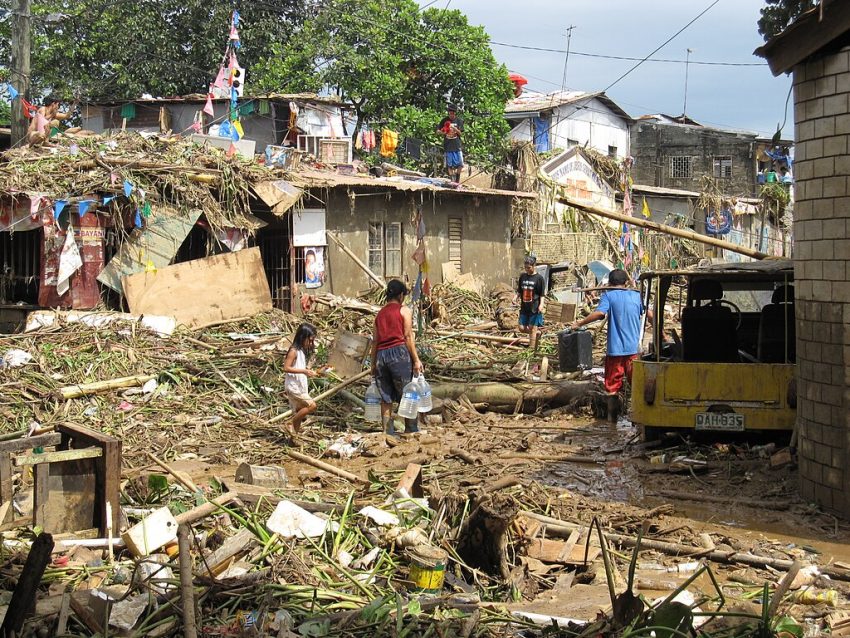Record-Shattering Floods Trigger Mass Evacuations in the Pacific Northwest
Days of torrential rainfall in the Pacific Northwest have pushed rivers to major if not record-breaking levels. This catastrophic flooding has inundated towns across much of western Washington state, forcing upwards of 100,000 residents to evacuate. A state of emergency has been declared with officials urging everyone within the 100-year flood plain to seek higher ground immediately.
Before and after: Major river flooding at Snoqualmie Falls waterfall in Washington state:
— AZ Intel (@AZ_Intel_) December 11, 2025

A Powerful Atmospheric River Is Slamming the Pacific Northwest and Triggering Flooding Across Seattle, Renton, Kent, Auburn, & Snoqualmie Valley. pic.twitter.com/GM5ObSfSRt
— dubsea (@dubseatv) December 10, 2025
It’s been a wet pattern for several weeks in the region, but the heavy rains began in earnest on Sunday. The past several days have been a steady deluge of 1-3 inches (25-75 mm) per day with some localized amounts to 4 inches (100 mm). Overall totals have probably exceeded a foot in the west-facing slopes of the Cascades. The tremendous runoff has pushed most rivers to major flood stage. The Skagit River will crest today potentially several feet above the previous record, leading to near total inundation in an important agricultural valley. Major road closures and numerous water rescues have been necessary. Landslides are also a serious concern in the steeper terrain with I-90 partially closed by one east of Seattle late Wednesday. Amtrak rail service has been shut down indefinitely. Major arteries have also been closed in southwest British Columbia, Canada, effectively isolating the city of Vancouver.



